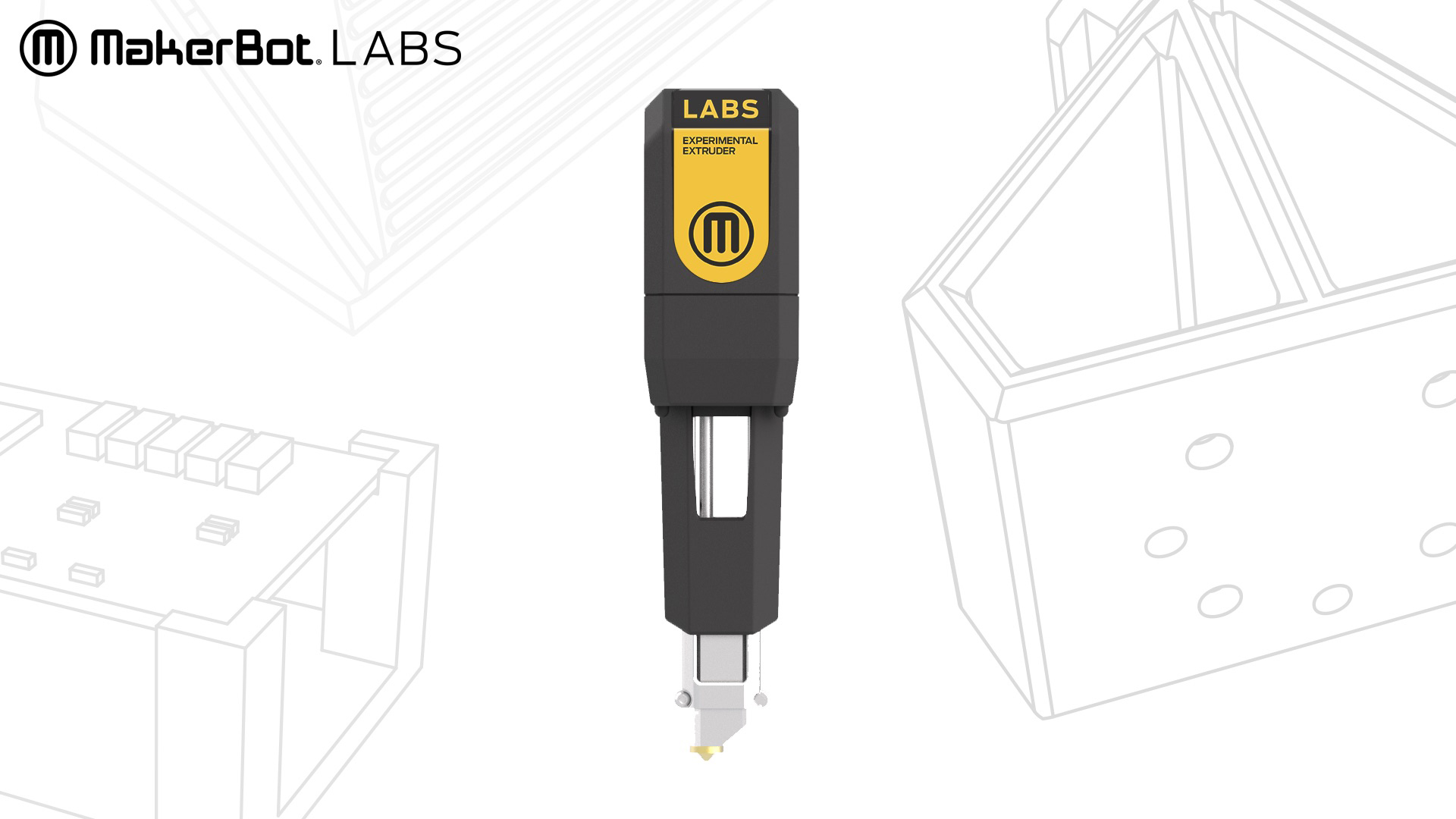MakerBot, the Brooklyn-based manufacturer of the METHOD 3D printer, has launched the METHOD Materials Development Program and MakerBot LABS Experimental Extruder to extend the range of filaments used within its systems.
As initial partners, Jabil, KIMYA, Polymaker, and Mitsubishi Chemical are working to qualify filaments for use in the METHOD platforms. Moreover, the MakerBot LABS Experimental Extruder aims to advance settings for customization, enabling the printing of high-temperature materials.
“The MakerBot METHOD platform brings features to engineers that were previously only available on much more expensive industrial 3D printers,” stated Nadav Goshen, CEO of MakerBot.
“These features enable METHOD 3D printers to achieve industrial reliability, precision, and engineering performance by tightly controlling the entire printing environment, from the heated chamber to the sealed filament bays and performance extruders. We also recognize that many of our customers want a way to experiment with different materials to explore new 3D printing applications.”

The METHOD Materials Development Program
The METHOD Materials Development Program is focusing on qualifying materials for industrial applications. Through Jabil Engineered Materials, the company is developing Jabil PETg Electrostatic Dissipative (ESD), a material designed for sensitive electronics. Mitsubishi Chemical is focusing on DURABIO, an engineering, bio-based resin with a higher chemical and scratch resistance compared to polycarbonate (PC).
French filament manufacturer, KIMYA, is aiming to qualify KIMYA ABS CARBON, a composite material with 30% chopped carbon fiber for improved stiffness and compression strength. The company is also developing KIMYA ABS ESD, a material filled with carbon nanotubes designed for fixtures and electronics enclosures and KIMYA PETG CARBON, a reinforced material with carbon fibers for excellent stiffness.
Furthermore, Polymaker PolyMax PC, a filament combining excellent strength, toughness, heat resistance, and printing quality, as well as Polymaker PolyMax PC-FR, a flame retardant PC filament (UL94V-0/1.5 mm) are being processed. These materials are said to open new applications in the automotive, railway, and aerospace industries.

MakerBot LABS Experimental Extruders
The METHOD 3D printer features a Circulating Heated Chamber, Dual Performance Extruders, and Dry-Sealed Material Bays. MakerBot has modified the Experimental Extruder hot ends to make it easier to change the nozzle assembly. It plans to offer additional nozzle configurations soon and is expected to launch in an open beta program next month.
Formnext visitors can view the MakerBot LABS Experimental Extruders at Hall 12.1, Booth F99.

Receive live updates from Formnext by subscribing to the 3D Printing Industry newsletter. Also, follow us on Twitter, and like us on Facebook.
Find talent for a project, or advance your career in 3D printing – join 3D Printing Jobs to apply and advertise.
Featured image shows MakerBot LABS Experimental Extruders. Photo via MakerBot.


